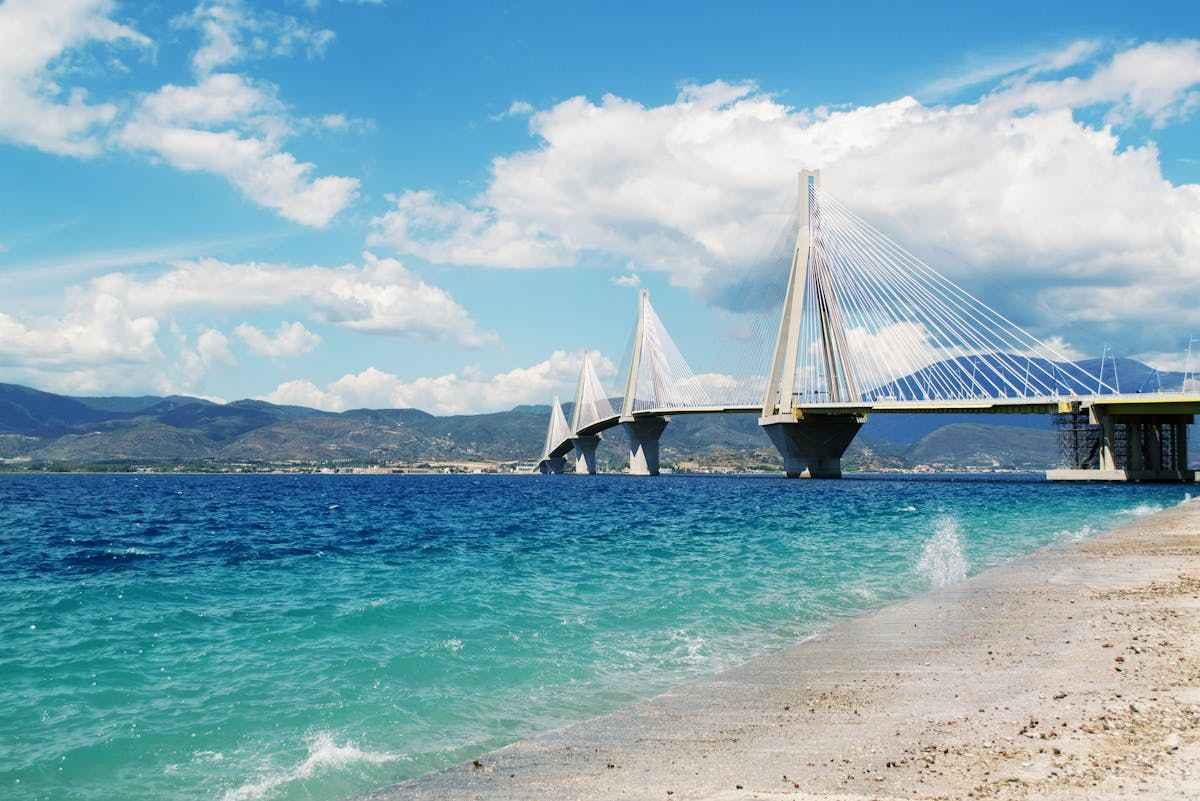When is the Best Time to Visit Europe?
Finding the Optimal Time to Explore Europe
Europe, with its captivating blend of history, culture, and natural beauty, entices travelers throughout the year. However, pinpointing the absolute best time to visit can be subjective and influenced by personal preferences and interests. Let’s unravel the factors that contribute to the ideal timing for your European escapade
1. Spring (March to May):
* Weather: Spring brings milder temperatures, making it pleasant for outdoor exploration without the scorching heat of summer.
* Floral Splendor: Witness Europe in bloom as flowers carpet the landscapes, particularly iconic displays like the tulip fields of the Netherlands.
* Cultural Festivals: Experience festivities like Easter celebrations, vibrant carnivals, and various arts and music festivals dotting the continent.
* Crowds: While not as crowded as in summer, popular attractions can still draw significant visitor numbers, especially during school breaks and holidays.

2. Summer (June to August):
* Warmth and Sunshine: Bask in the warmth of summer, perfect for beach holidays along the Mediterranean coast or exploring outdoor attractions.
* Extended Daylight: Longer days mean more time for sightseeing and enjoying outdoor activities.
* Festivals and Events: From music festivals to outdoor markets, summer in Europe is alive with cultural and social events.
* Crowds and Costs: Expect peak tourist numbers, leading to higher prices and longer queues at popular attractions.

3. Autumn (September to November):
* Mild Weather: Enjoy comfortable temperatures and fewer crowds as summer transitions to autumn, ideal for sightseeing and outdoor activities.
* Fall Foliage: Witness nature’s canvas transform into a tapestry of vibrant hues, particularly enchanting in regions like New England and parts of Europe.
* Wine Harvest Festivals: Autumn heralds the grape harvest season, offering opportunities to partake in wine festivals and culinary delights.
* Variable Weather: While generally pleasant, autumn can bring occasional rainfall and cooler temperatures, especially towards November.

4. Winter (December to February):
* Winter Charm: Embrace the magical ambiance of European winter with festive markets, snow-capped landscapes, and cozy atmospheres.
* Winter Sports: Hit the slopes in renowned ski destinations or indulge in other winter activities like ice skating and snowshoeing.
* Cultural Celebrations: Experience unique holiday traditions and festivities, such as Christmas markets and New Year’s celebrations.
* Cold Weather: Winter temperatures vary across Europe, with northern regions experiencing freezing conditions and snowfall.

Factors to Consider:
1.Weather Preferences: Do you prefer mild temperatures for sightseeing or the warmth of summer for beach activities?
- Budget: Consider peak tourist season prices versus off-peak discounts for accommodation and travel.
- Crowd Tolerance: Are you comfortable navigating crowded attractions during peak seasons, or do you prefer quieter surroundings?
- Specific Interests: Are there particular festivals, events, or activities you’d like to experience during your visit?
Conclusion:
The best time to visit Europe ultimately depends on your preferences and priorities. Whether you’re captivated by spring blossoms, summer sunshine, autumn foliage, or winter wonderlands, Europe awaits a myriad of experiences to enchant and inspire. So, plan wisely, considering the weather, budget, crowds, and your interests, and embark on a European adventure tailored to your desires. After all, regardless of the season, Europe promises unforgettable moments and memories to cherish for a lifetime.




